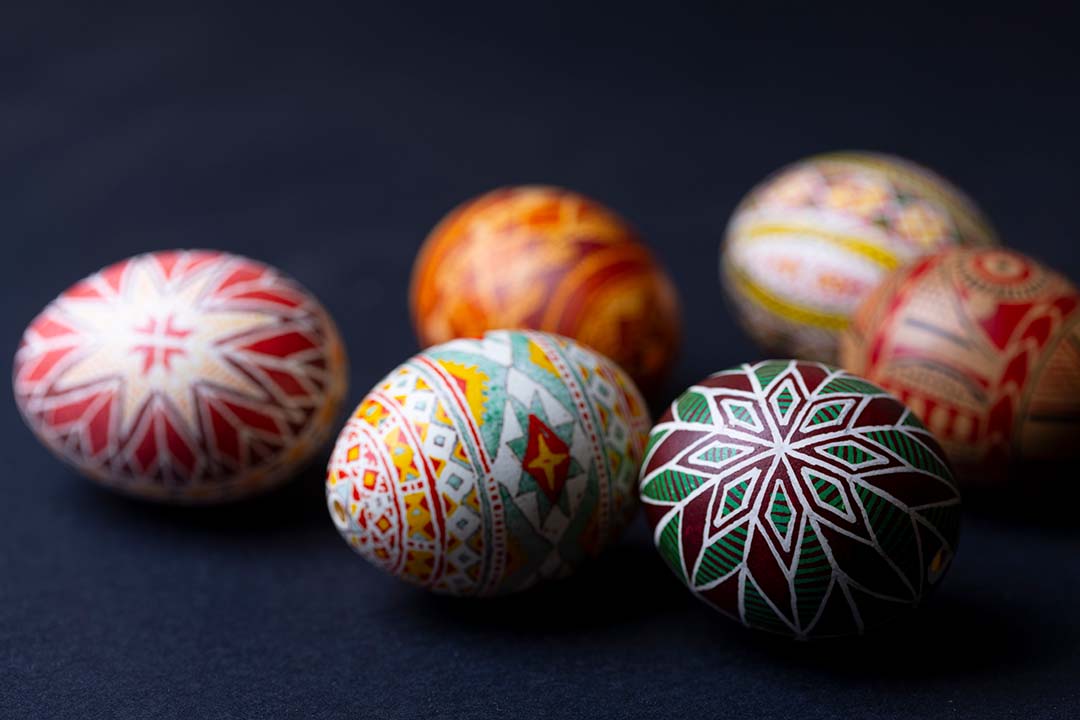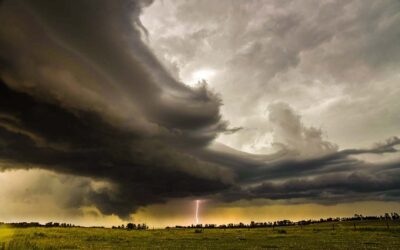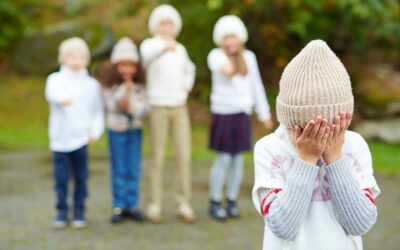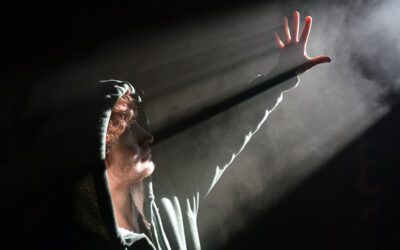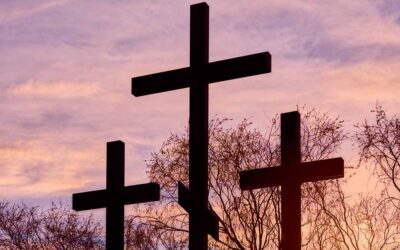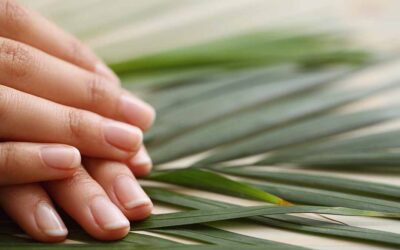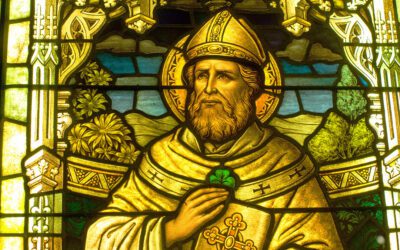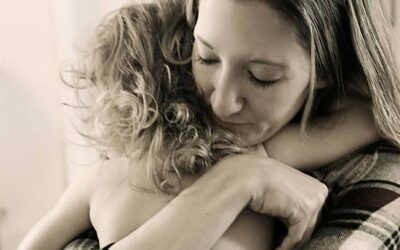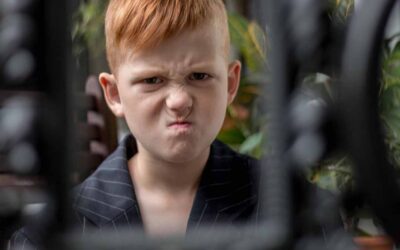Collect for Easter 6
God our redeemer, you have delivered us from the power of darkness and brought us into the kingdom of your Son: Grant, that as by his death he has recalled us to life, so by his continual presence in us he may raise us to eternal joy; through Jesus Christ our Lord.
Galatians 3:23-29
Matthew 28: 16-20
This year, we are holding an Easter Celebration with our Ukrainian friends As part of our service in St Patrick’s on Sunday May 5th – the Orthodox date. The difference in dates stems from 1582 when the Roman Catholic Church adopted a revised system of calculating the Calendar, but the Orthodox Church did not. Ho-hum. Another great example of Christian Unity…
As well as the date change, some traditions vary too. In the West, we observe increasing secularisation, with the focus tending to be on chocolate and cuddly bunnies; the Orthodox tradition specifies what you should – and what you should not – do.
What you should do :
Say hello correctly. The classic greeting “Christ is risen — truly risen!” is accompanied by triple kisses on the cheek between loved ones and friends.
Collect an “Easter basket”. This is a wicker basket, decorated with an embroidered towel, candles and willow twigs. It is in it that the paska and eggs are laid, as well as the food that will be eaten later during lunch.
Spend Easter lunch. It’s lunch, not dinner. And the main thing is not to emphasise the use of alcohol.
Bake paska or kulich. These are different things. Kulich is a product made of dough, and paska is made of cheese. But their ritual meaning is absolutely the same.
Decorate the eggs. Krashanka is purely monochromatic colouring, for example in onion peel or other dye. Pysanky is a coloured painting of an egg with paints. Krapanka is painting using melted wax with scratches of some pattern on the eggshell.
Sing songs. Not only church thematic psalms, but also folk songs. Such songs are called “grooves”.
What you should not do:
Swear and argue.
Engage in physical labour and housework. All food should be prepared in advance, and the house should be organised.
Throw away what was consecrated in the church. Even the shell from the Easter eggs should not be sent to the rubbish bin. It is better to bury or burn it.
Go to the bathhouse or cut your hair. Get yourself in order in advance.
Visit cemeteries or commemorate the dead. After all, this is a holiday of resurrection, not death.
For me, this service and tradition is a reminder that even though we have different ways of marking the Holy days of the Christian year – not just at Easter, but throughout that Year, we celebrate the same thing – our Saviour Jesus, risen from the dead. All too often, we allow our differences to become important to us – and that isn’t he way it works. Paul to the Galatians v.3:38 – There is no longer Jew or Greek, there is no longer slave or free, there is no longer male and female; for all of you are one in Christ Jesus.
An ancient folk tale recounts the Blessed Mary decorating some eggs to offer to Pontius Pilate in a plea for sparing her son’s life. As she prepared the eggs, her tears fell onto the shells, forming dots of brilliant colours. When Mary came before Pilate, she dropped to her knees, and the story goes that the eggs rolled out across the floor, a symbol of their distribution world wide. To this day, in honour of Our Lady’s tears, dots are often incorporated into the egg designs. At Easter time, these eggs are still distributed to commemorate Christ’s teachings of Peace and Love.
Worldwide.
We pray for peace and the laying down of weapons.
We pray for all those who fear for tomorrow,
that your Spirit of comfort would draw near to them.
We pray for those with power over war or peace, for wisdom, discernment and compassion to guide their decisions.
Above all, we pray for all your precious children, at risk and in fear, that you would hold and protect them.
We pray in the name of Jesus, the Prince of Peace.
Amen
Previous Posts
Praying Together 19th May 2024
By the power of the same Spirit strengthen us to witness to your truth and to draw everyone to the fire of your love; through Jesus Christ our Lord.
Praying Together 12th May 2024
But in Christ, a much more reliable ‘Truth’ can be found. Truth in the ‘Logos’ – the Word. The Word made flesh.
Praying Together 28th April 2024
‘If you love God, then you love your brothers and sisters’. You cannot have one without the other. If you do not love your brother and your sister, you cannot claim that you love God. No exclusions.
Praying Together 21st April 2024
There is only one leader who invites us to follow of whom we can be sure – the one who is prepared to lay down His life.
Praying Together 14th April 2024
It is easy, with hindsight, to criticise the disciples for their incredulity. But we have to ask ourselves what we would do in their place.
Praying Together 7th April 2024
We are challenged to decide what we need to ‘see’ to believe – and then to seek it in the power of the Holy Spirit.
Praying Together 31st March 2024 Easter Day
“I have seen the Lord”. It is difficult to imagine her emotions. She has seen the Lord! She doesn’t yet understand fully – but her eyes have seen Him. Her life is changed for ever, and she doesn’t care who knows it.
Praying Together 24th March 2024
But Jesus is aware of what He will have to endure in order to fulfil His mission of salvation – and He sets the necessary elements in motion.
Praying Together 17th March 2024
The Anglican Church of Ireland has produced an excellent example of the way in which St Patrick’s life embodies the Five marks of Mission – a real cause for celebration and a model for us to follow (And by the way, St. Patrick’s flag colour is blue, not green.)
Praying Together 10th March 2024
It’s a day of being aware of, and thankful for, the caring and loving relationships that exist within family and friends.
Praying Together 3rd March 2024
And what of our anger? Is it based on injury to self? Injury to others? Or injury to love, to forgive, to serve? Can we defend it at the foot of the Kingly throne?
Praying Together 25th February 2024
‘Which am I – the chicken or the pig? Jesus makes it clear that in following Him, there is no half-way house – our values are either of the material world, or of the Kingdom.
